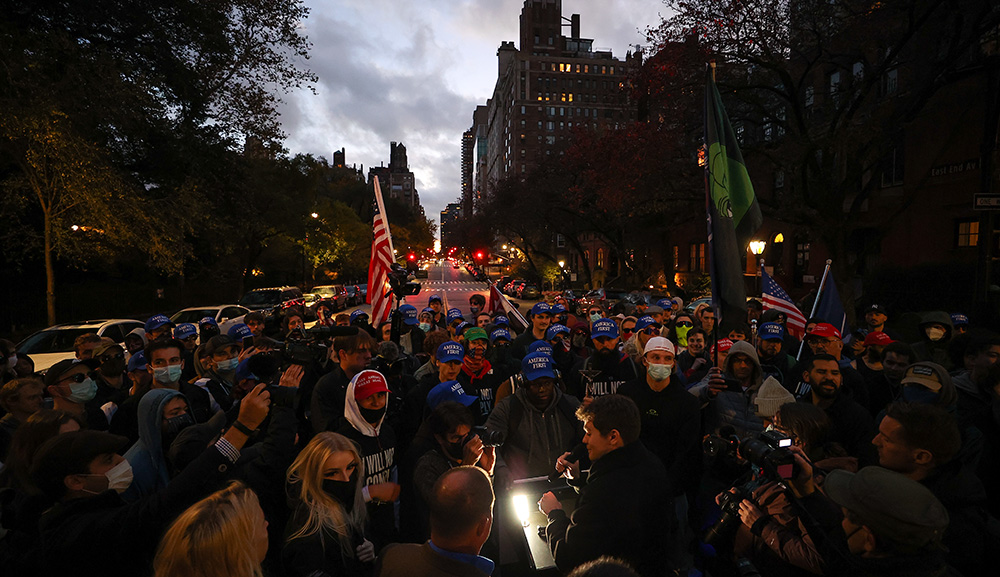Secretary Blinken also commented that “the daily toll that [Israel’s] military operations continue to take on innocent civilians remains too high,” in almost the same breath as his enumeration of the extraordinary steps the IDF is taking to minimize that toll. Perhaps he privately told the Israeli officials with whom he met how he came to this conclusion, or what he believes the appropriate civilian cost of such a military operation should be. And perhaps Blinken, like many observers in the West, has accepted the casualty figures released by Hamas and repeated credulously by the UN.
In a detailed numerical analysis, Gabriel Epstein examines those figures and the data offered to back them up, and finds them woefully inconsistent:
Expecting significant precision or accuracy in death tolls in a war zone, where estimates often range in the tens of thousands, is a fool’s errand. What can be said for certain is that Hamas-produced statistics are inconsistent, imprecise, and appear to have been systematically manipulated to downplay the number of militants killed and to exaggerate the proportion of noncombatants confirmed as dead. The Gaza Health Ministry and Gaza Media Office figures are cited widely, in many cases without caveats, often to claim that Israel is engaging in indiscriminate bombardment or attempted genocide, primarily targeting women and children.
Read more at Washington Institute
More about: Gaza War 2023, Hamas, IDF


